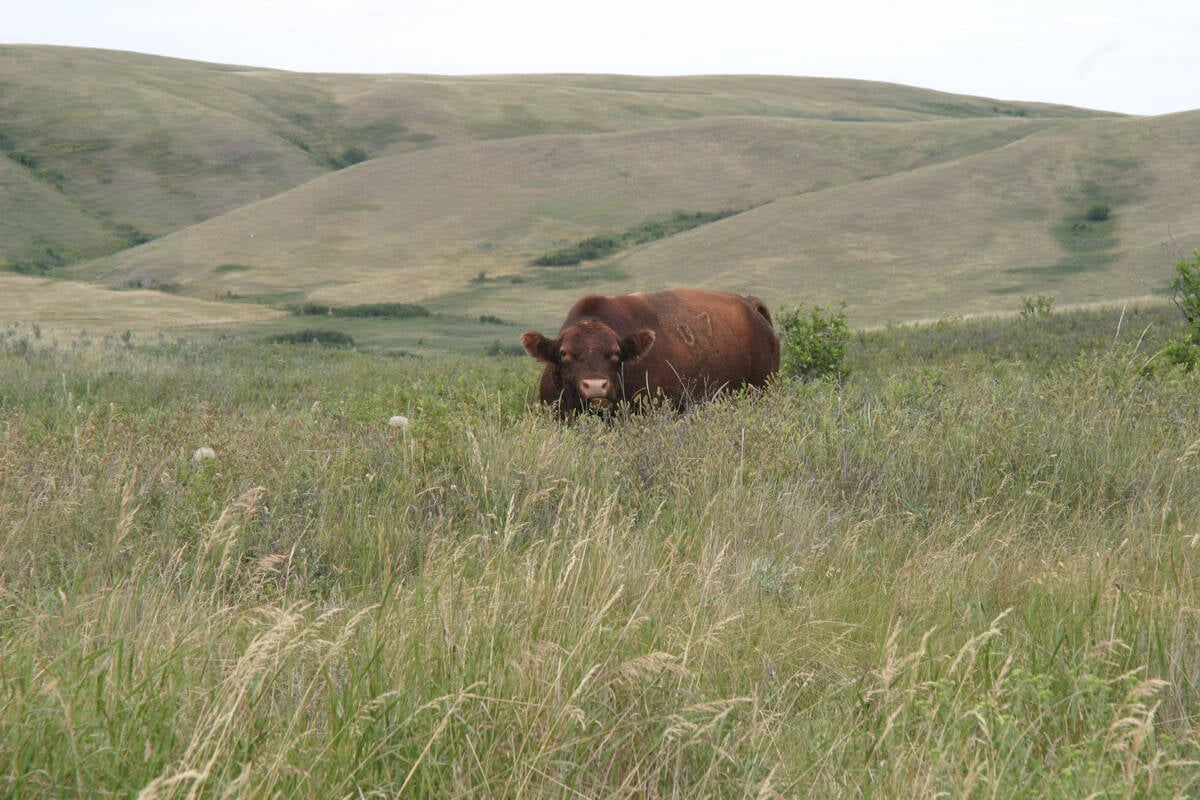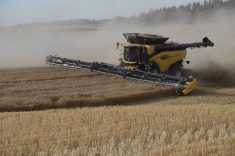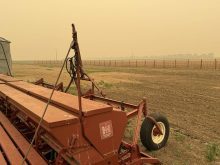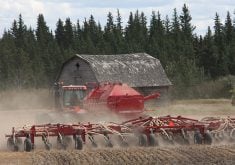ASSINIBOIA, Sask. – Saskatchewan cattle producers are nervous about the prospect of more cattle being tested for BSE.
On one hand, they know the merit of being able to show their trading partners that BSE is not widespread.
On the other, they’re worried some tests may be false positives and that all the negative tests in the world won’t result in the resumption of normal trade.
“We’ve got to trust the system and have faith that it will work,” said Saskatchewan Stock Growers Association president Brian Ross.
Read Also

Saskatchewan puts crown land auction on hold
Auctions of Saskatchewan crown lease land are once again on hold.
Of the 8,000 Canadian cattle that will be tested this year, 1,855 will come from Saskatchewan, said Bill Morse of the Canadian Food Inspection Agency.
In 2005, when 30,000 are to be tested, the Saskatchewan number will be 6,950.
“Why test?” he said at the recent SSGA annual meeting. “If we can’t prove that we are a low level, people will speculate that we have more than we have.”
Animals older than 30 months that are diseased, dead, dying or downers are targeted and testing should be done within one day of the death, he said. If death occurs in winter and the carcass freezes, that time can be extended.
Morse said testing only those animals means CFIA doesn’t have to do as many tests. If healthy animals were being tested, the number for this year would be 800,000, not 8,000.
He said producers are in the best position to identify animals for testing and urged them to comply.
“If we don’t get the samples, then we get into trouble,” he said.
Testing also sends consumers and customers a message.
“Consumer support may disappear if they think you’ve got something to hide.”
Morse said once a tissue sample has been taken from a dead animal on a farm or ranch, the carcass cannot be removed until the test results are back, although it can be buried.
If a positive test is found, the farm will be placed under quarantine, which Morse said sounds scary but is done routinely in cases of tuberculosis and anthrax. An investigation of feed practices and the animal’s dam and offspring will be done.
Morse said CFIA would not destroy as many animals as it did in 2003 after the first case.
“We will be much more surgical in our approach,” he said.
One stock grower asked Morse about the likelihood of false positive tests. He replied the test was “pretty accurate.”
“Pretty accurate isn’t good enough,” the producer replied.
Morse said the initial test will be the quick test and a second detailed test will be done on any positives.
Neil Jahnke, past-president of the Canadian Cattlemen’s Association, said Canada has to keep its testing on par with the United States.
“We’ve got to stick together on tests, SRMs (specified risk materials) and the feed ban,” he said.

















